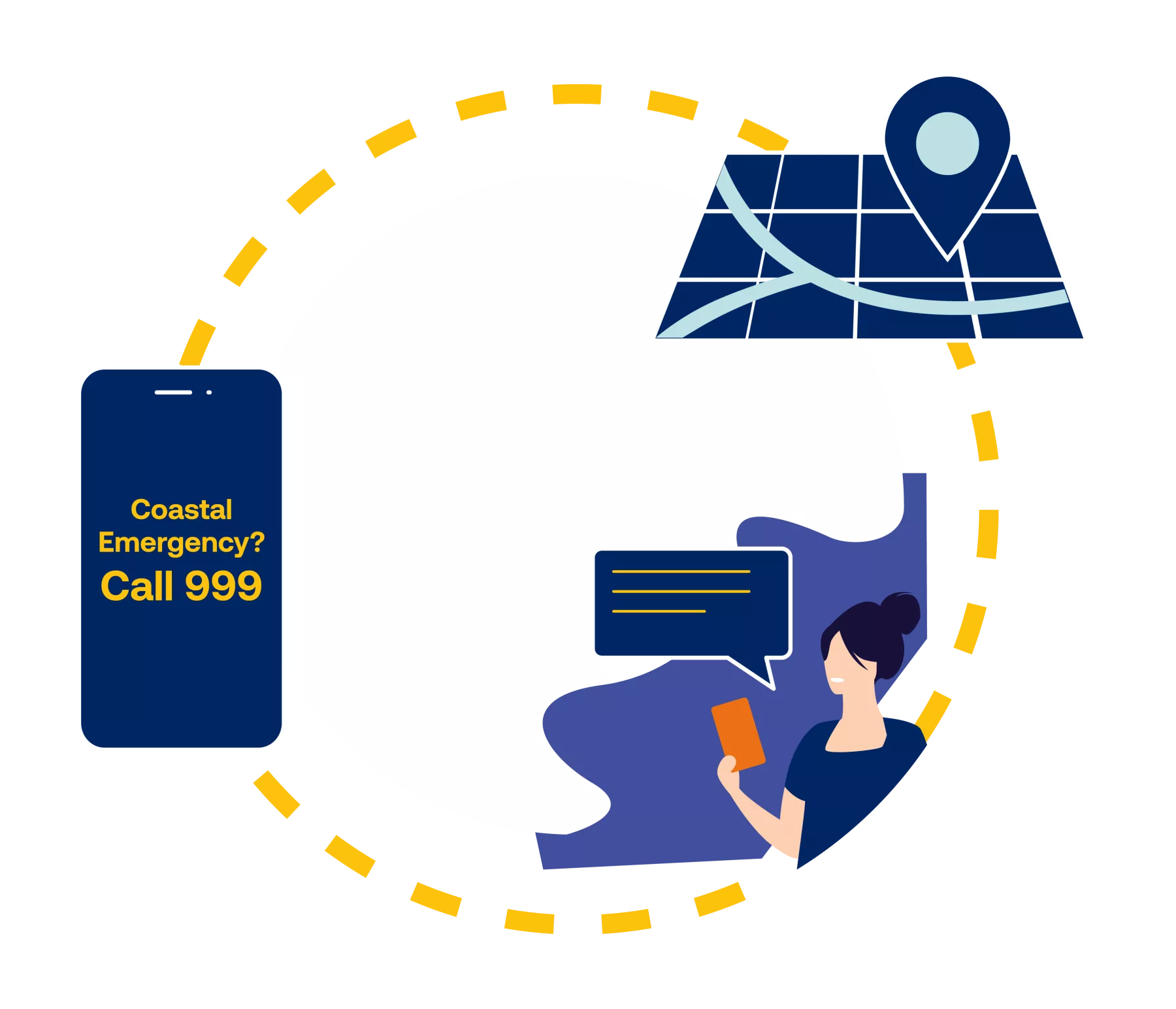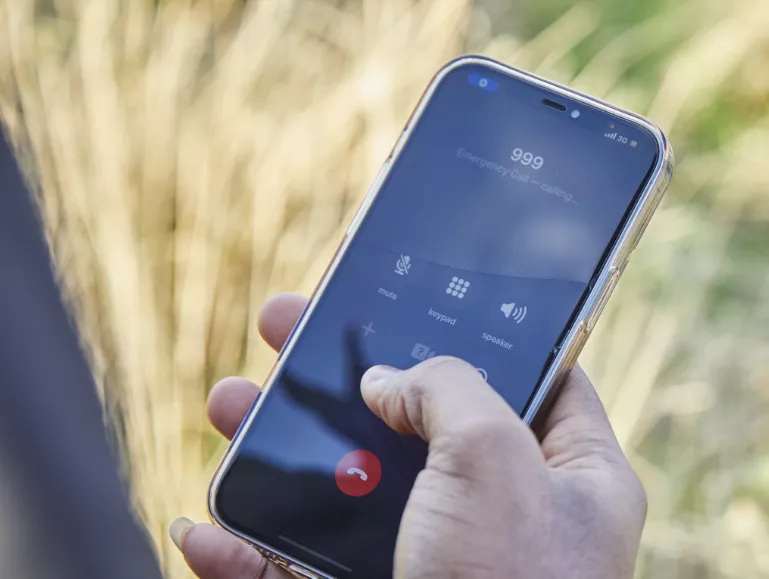Using 999 with speech or hearing impairment
The Relay UK service lets deaf, hard of hearing, or people with a speech-impairment alert police, ambulance, fire, or coastguard services by either calling via a British Sign Language (BSL) relay assistant or texting a message to 999 using our emergency SMS service.
You must register your mobile phone before you can use it. Don’t wait until you need the emergency SMS service.
You must register your mobile phone before you can use it. Don’t wait until you need the emergency SMS service.


